The Art of Wine Pairing: A Simple Guide for New Wine Enthusiasts: The art of wine pairing can seem complex and intimidating, especially for new wine enthusiasts. However, with a basic understanding of how flavors interact, you can create harmonious pairings that enhance both the wine and the food. This article will guide you through the essentials of wine pairing, offering practical and engaging insights to help you navigate your wine journey. So, grab a glass, and let’s dive into the fascinating world of wine pairing.
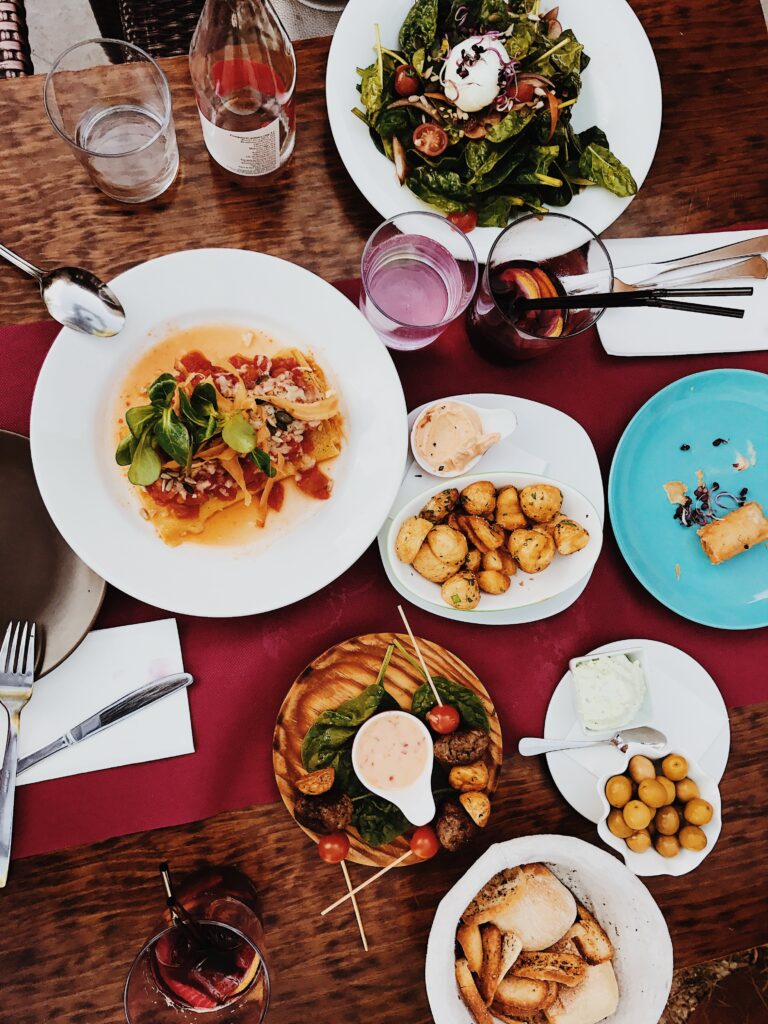
Table of Contents
Understanding Flavors
The first step in mastering the art of wine pairing is understanding the basic flavors in both wine and food. Wines can be sweet, sour (or acidic), and bitter, while foods can be sweet, sour, salty, bitter, and umami (savory). The goal of wine pairing is to balance these flavors. For example, a sweet wine can balance out a spicy dish, while a high-acid wine can cut through a rich, fatty dish.

Decoding Flavors: Understanding Sweetness, Acidity, Bitterness, and Umami in Wine Pairing
Sweetness: Sweetness in wine, often referred to as ‘residual sugar’, is derived from the sugar in grapes that is left over after fermentation. Wines can range from bone-dry (no residual sugar) to intensely sweet. Sweetness in food can make a wine seem more bitter and acidic, so it’s often best to pair sweet dishes with wines that have a bit of sweetness themselves. For example, a late-harvest Riesling or a Sauternes can be a great match for a dessert.
Acidity: Acidity is a key component in both food and wine. In wine, acidity adds freshness and lift, and can make a wine more food-friendly. Foods with high acidity, like tomato-based dishes or salads with vinaigrette, can make a wine seem less acidic and more fruity. Therefore, acidic foods often pair best with high-acid wines, like Sauvignon Blanc or Chianti.
Bitterness: Bitterness in wine is primarily derived from tannins, which are compounds found in grape skins, seeds, and stems, as well as in oak barrels. Tannins give wine structure and ageability, but can also create a bitter sensation on the palate. Foods with bitter elements, like grilled vegetables or dark chocolate, can make a wine seem less bitter and more fruity. High-tannin wines, like Cabernet Sauvignon, pair well with rich, fatty meats, which can soften the perception of tannins.
Umami: Umami, often described as savoriness, is a flavor found in foods like mushrooms, soy sauce, and aged cheeses. Umami in food can make a wine seem more bitter and acidic, and can also enhance the taste of alcohol. Therefore, umami-rich foods can be challenging to pair with wine, but often work well with rich, full-bodied wines or wines with a bit of sweetness. For example, an umami-rich mushroom risotto might pair well with a rich, oaky Chardonnay or a slightly sweet, aromatic Gewürztraminer.
The Rule of Region
One of the simplest ways to pair wine and food is to consider their origin. Traditional regional pairings have stood the test of time for a reason – the food and wines of a region often share complementary flavors. For instance, the high-acid wines of Italy’s coastal regions pair beautifully with the seafood dishes common in those areas.
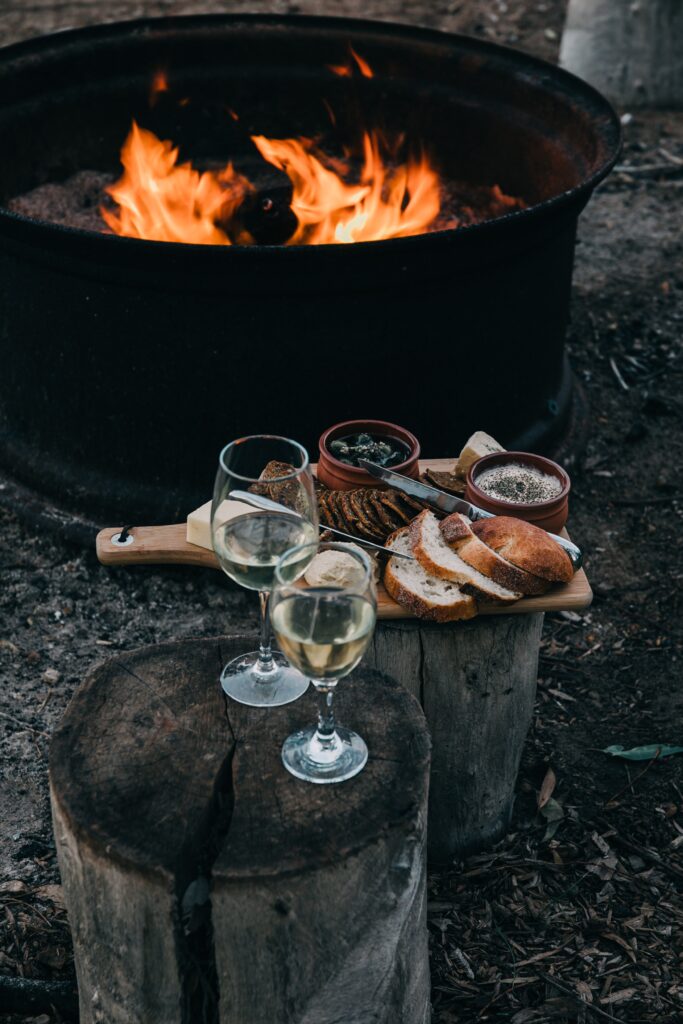
Regional Harmony: The Influence of Terroir, Tradition, and Climate in Wine Pairing
Shared Terroir: The concept of terroir refers to the unique combination of natural factors that influence the flavor of a wine, including the soil, climate, and topography of the region where the grapes are grown. Foods grown in the same region often share elements of this terroir, leading to a natural harmony of flavors. For example, the minerality of a Chablis pairs beautifully with the fresh, briny flavors of oysters from the same region in France.
Traditional Cuisine: The traditional cuisine of a region has evolved alongside the production of local wines, leading to pairings that have stood the test of time. For instance, the hearty, robust dishes of Tuscany, like a Bistecca alla Fiorentina, pair perfectly with the bold, full-bodied wines of the region, like Chianti Classico or Brunello di Montalcino.
Climate Considerations: The climate of a region not only influences the character of its wines, but also the types of foods that are prevalent there. In cooler climates, you’ll find lighter-bodied wines and foods (think seafood and white wines in coastal regions), while warmer climates produce fuller-bodied wines and heartier dishes (think grilled meats and bold red wines in inland regions).
Cultural Preferences: Cultural preferences and local traditions also play a role in regional pairings. In Spain, for example, the tradition of serving tapas has influenced the style of local wines. The variety of small dishes calls for versatile wines with good acidity and balance, like a Rioja or a Cava, that can pair with a range of flavors.
Pairing by Weight
Another key factor in wine pairing is the weight or body of the wine and the food. Light-bodied wines pair best with lighter dishes, while full-bodied wines stand up to heavier, richer dishes. For example, a light, crisp Sauvignon Blanc pairs well with a delicate grilled fish, while a robust Cabernet Sauvignon is a great match for a hearty steak.
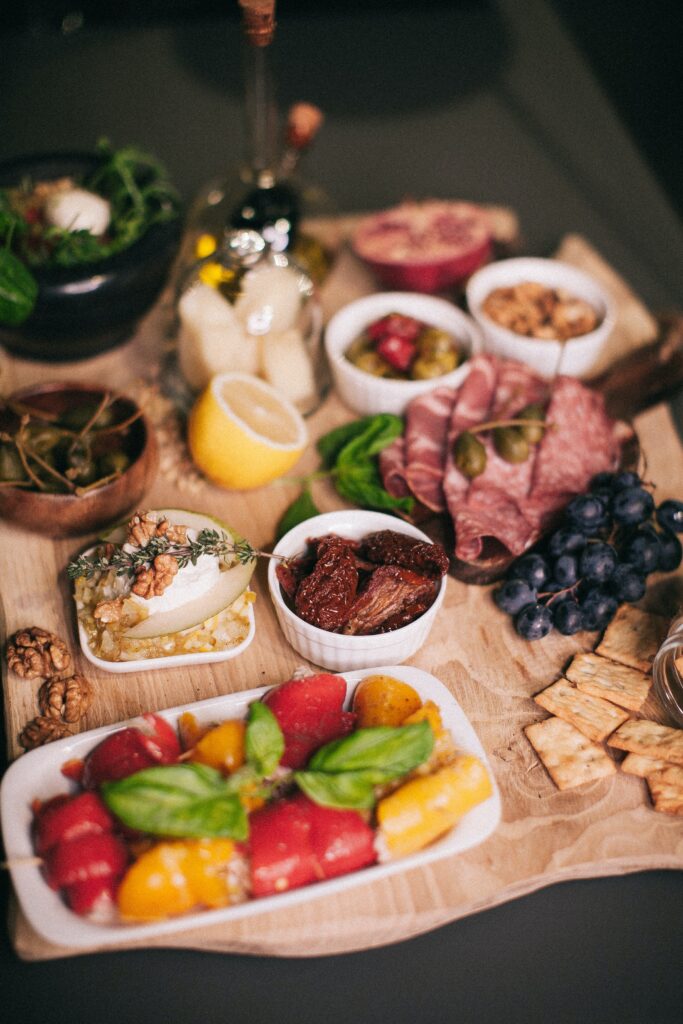
Balancing Act: Mastering the Art of Pairing by Weight
Understanding Weight: The weight or body of a wine refers to how heavy or light it feels in your mouth. This is influenced by several factors, including the alcohol content, the amount of sugar, and the concentration of flavors. Foods also have weight, which can be determined by factors like the richness of the dish, the cooking method, and the ingredients used.
Balance is Key: When pairing by weight, the goal is to balance the weight of the wine with the weight of the food. A light-bodied wine like Pinot Grigio would be overwhelmed by a heavy, rich dish like beef stew. Conversely, a full-bodied wine like Cabernet Sauvignon would overpower a delicate dish like steamed fish.
Pairing Light with Light: Light-bodied wines pair well with lighter foods. For example, a crisp Sauvignon Blanc might pair well with a simple green salad or a delicate white fish. The light flavors and textures won’t compete with each other, allowing you to appreciate the subtleties of both the food and the wine.
Pairing Heavy with Heavy: Similarly, full-bodied wines stand up well to heavier, richer dishes. A bold, tannic wine like a Barolo would pair beautifully with a rich, fatty dish like braised short ribs. The weight and intensity of the flavors complement each other, creating a harmonious pairing.
Contrasting and Complementing
When it comes to pairing, you can either contrast or complement flavors. Contrasting pairings highlight the differences between the wine and the food, such as pairing a sweet wine with salty food. Complementary pairings, on the other hand, highlight similar flavors in the wine and the food, like a buttery Chardonnay with a creamy pasta dish.
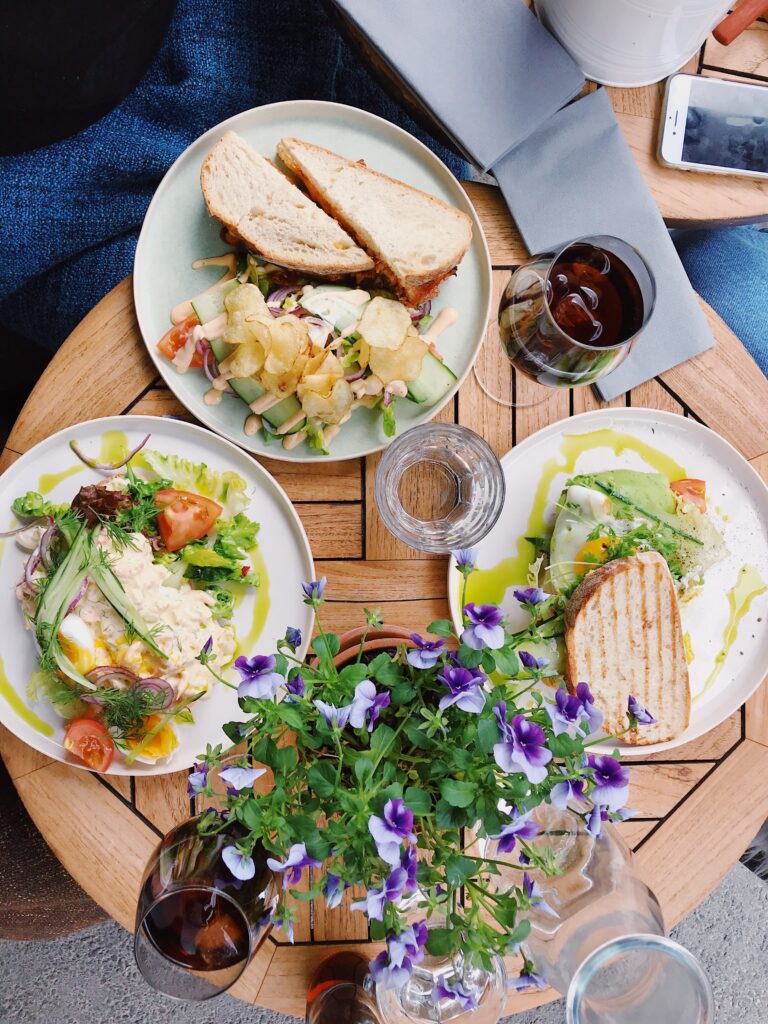
Harmony or Contrast: The Dual Paths to Successful Wine Pairing
Complementary Pairings: Complementary pairings occur when the wine and the food share similar flavor profiles, creating a harmonious match. For example, a buttery, oaked Chardonnay might complement a creamy lobster bisque, as the rich, creamy elements in both the wine and the dish echo each other. Similarly, a spicy Syrah might pair well with a dish that features smoked or grilled flavors, as the smoky notes in the wine and the food match.
Contrasting Pairings: Contrasting pairings, on the other hand, occur when the wine and the food have different, but balancing, flavor profiles. The classic example is pairing a sweet wine with a spicy dish. The sweetness of the wine can help balance the heat of the dish, creating a pleasing contrast. Another example might be pairing a crisp, acidic wine with a rich, fatty dish. The acidity of the wine can cut through the richness of the food, creating a balanced and satisfying pairing.
Experimentation is Key: The world of wine pairing is wide open for experimentation. While there are some traditional rules and guidelines, the most important factor is personal preference. Don’t be afraid to try different combinations and see what works for you. You might find that you prefer contrasting pairings, or you might find that complementary pairings are more to your taste.
The Role of Texture: In addition to flavors, consider the texture of both the wine and the food. A wine’s texture can be influenced by factors like tannins, alcohol content, and the winemaking process. Foods also have different textures, from creamy to crunchy. A complementary pairing might involve matching a creamy dish with a creamy wine, while a contrasting pairing might involve pairing a creamy dish with a crisp, acidic wine.
Experiment and Enjoy
The most important rule in wine pairing is to trust your own palate. Everyone’s taste is different, and what works for one person might not work for another. Don’t be afraid to experiment and try different combinations. Wine pairing is as much an art as it is a science, and part of the fun is discovering new pairings that you enjoy.
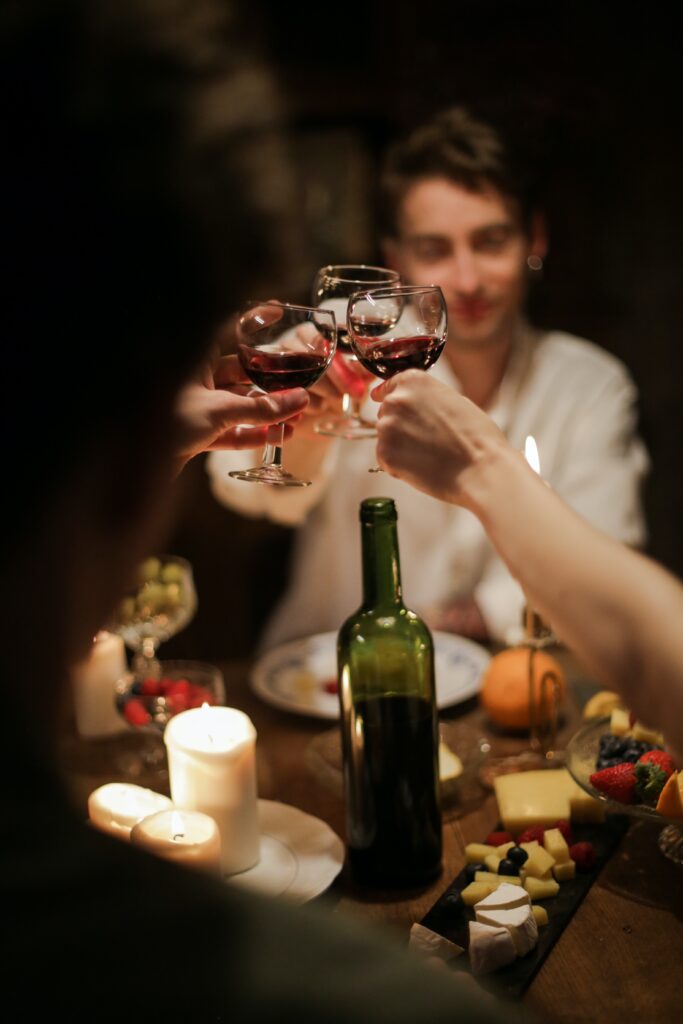
Final Thoughts'
Wine pairing is a journey of discovery, offering a new experience with every meal. As a new wine enthusiast, understanding the basics of wine pairing can enhance your enjoyment and appreciation of both wine and food. So, raise your glass, take a sip, and savor the flavors. Here’s to your wine-pairing adventure!
Note: This article is a brief overview of wine pairing basics. For a more in-depth understanding, consider attending a wine-pairing dinner or enrolling in a wine-tasting course.


